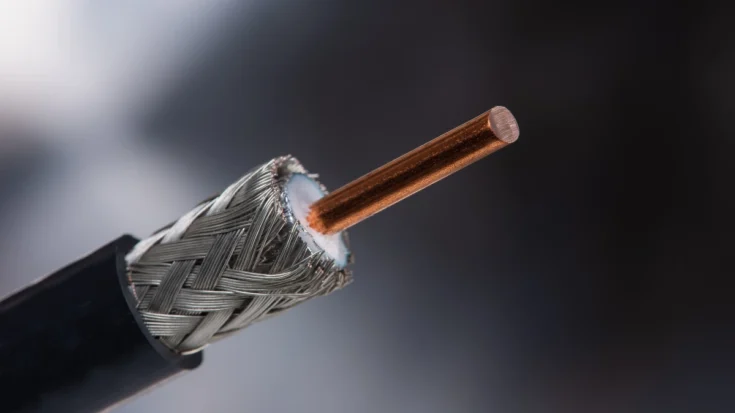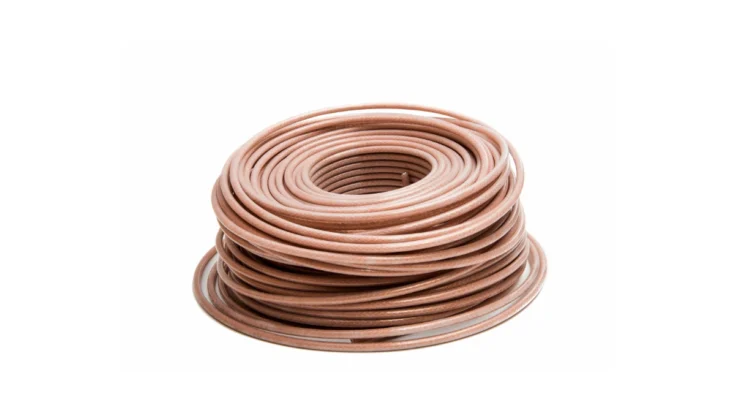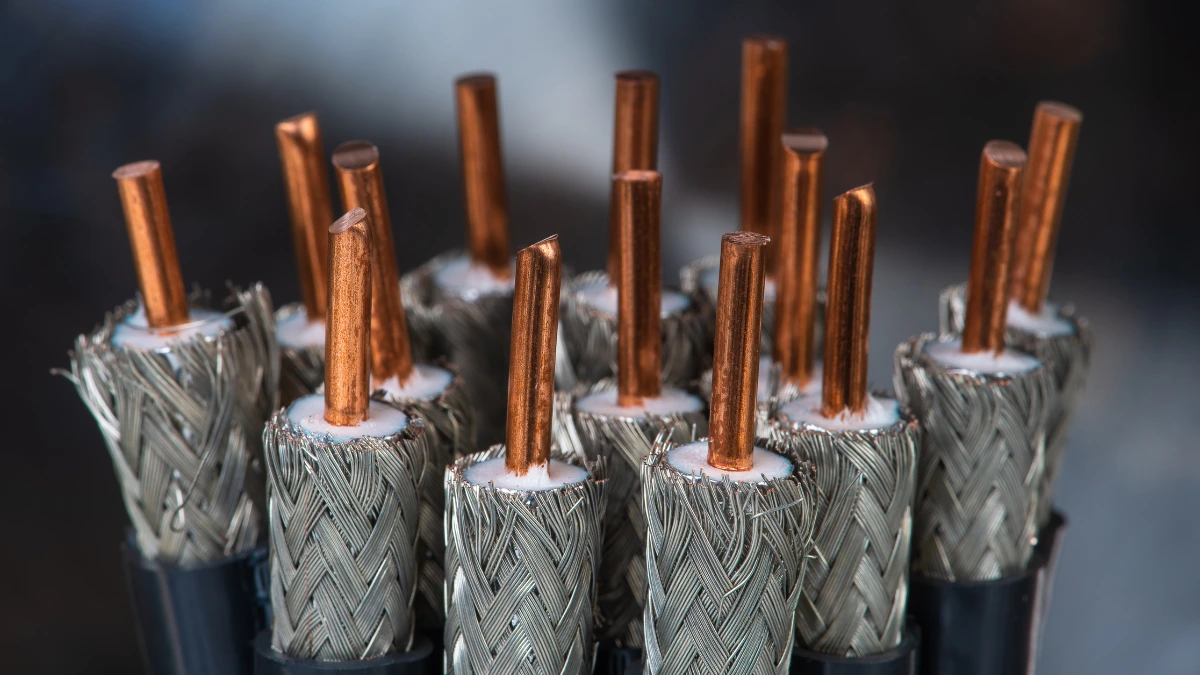Coaxial cable is one of the indispensable components in various systems in supporting daily communication in transmitting high frequency electrical signals.
With its various types and functions, coaxial cables are widely used in various applications, including cable TV, telecommunications, and computer networks.
This article will discuss the core aspects of coaxial cable, from its definition, its various types, to its crucial function in transmitting high-frequency electrical signals.
Also Read
Table of Contents
What is a Coaxial Cable?

Coaxial cable is a type of cable used to transmit electrical signals at high frequency. This cable consists of two parallel conductors, a center core that functions as a signal conductor and an outer shield that functions as a ground, which is separated by an insulator layer.
These cables are often used in cable television systems, telecommunications, modems, and CCTV camera systems with their signal sources. These cables also play an important role in computer networks, connecting various devices in a local network (LAN) especially for Coaxial Cable Home Network (CCHN) Modem.
This cable has a simple structure but is effective in transmitting data at high speeds with minimal electromagnetic interference. Because of the cable’s structure that allows it to transmit stable signals with minimal interference, it is widely used in various applications that require reliable signal transmission.
The Types of Coaxial Cable
Coaxial cables have several common types, such as RG-6, RG-59, RG-11, and RG-58, and here’s a detailed explanation:
- RG-6: Most commonly found in cable and satellite TV installations due to its ability to transmit high quality and stable video signals.
- RG-59: Commonly used for security systems and CCTV monitoring in video signal transmission.
- RG-11: Used for applications that demand superior signal quality, such as high-quality video transmission.
- RG-58: Has unique characteristics and is often chosen for applications that require flexibility, for example, in data and wireless communications.
The Function of Coaxial Cable

Coaxial cables have several crucial roles in transmitting high-frequency electrical signals, including:
1. Shielding interference
Thanks to a protective layer of insulators, this cable effectively prevent electromagnetic interference (EMI). This is vital for maintaining signal quality, especially in high-frequency applications such as telecommunications and cable television.
2. Efficient transmission of electrical signals
Its main function is to transmit high-frequency electrical signals from the source to the destination device. These cables are specially designed so that signals can be transmitted with good quality and minimize electromagnetic interference from the surrounding environment.
3. Connecting the antenna to a receiving device
This cable also connects the antenna to a receiving device such as a TV or radio. The signal captured by the antenna can be forwarded to the device with good quality and minimal interference.
4. Transmission media in computer networks
In computer networks, this cable can be used as data transmission media, especially in LAN (Local Area Network) networks that use Ethernet technology. Ethernet coaxial cable offers high data transfer rates, suitable for small to medium-sized computer networks.
5. Audio and Video system connection
Coaxial cables are also useful for connecting audio and video devices such as home theaters, DVD players, and game consoles. These cables are capable of transmitting audio and video signals with good quality and reducing interference during transmission.
Those are the definition, types, and functions of coaxial cable that you need to know. Another thing to note is that this cable on the market must pass the certification test from the Directorate General of Digital Infrastructure (DJID).
With DJID certification, users can feel calm about using a coaxial cable whose quality and security are guaranteed. For manufacturers or importers of coaxial cable, obtaining certification from DJID is a mandatory step before the device can be officially marketed in Indonesia.
To simplify the certification process, you can use Type Approval Certification Services for ICT Products are available to assist with this process as a reliable solution.

















